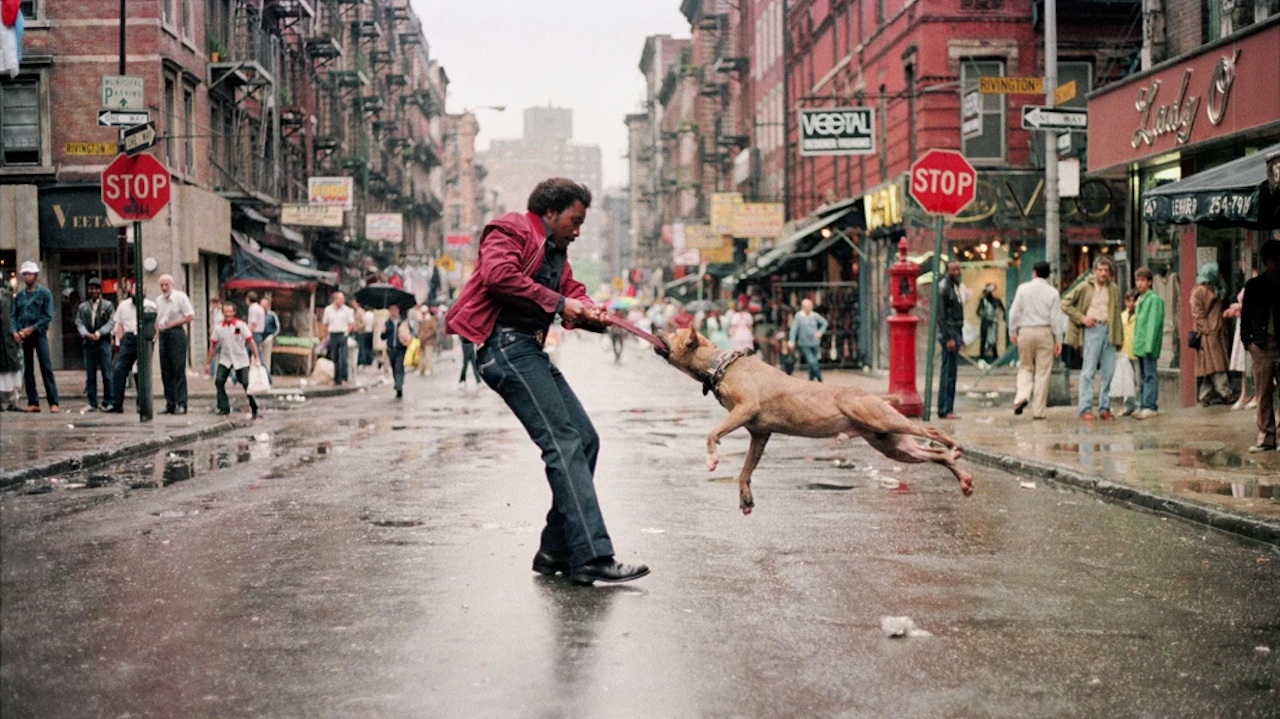Rumored Buzz on Street Photographers
Rumored Buzz on Street Photographers
Blog Article
Street Photographers Fundamentals Explained
Table of ContentsThings about Street PhotographersStreet Photographers Can Be Fun For EveryoneFacts About Street Photographers UncoveredThe Facts About Street Photographers Uncovered8 Easy Facts About Street Photographers Described
, a style of digital photography that records everyday life in a public place. The very publicness of the setting makes it possible for the digital photographer to take honest images of strangers, often without their understanding. Street photographers do not always have a social purpose in mind, however they choose to separate and catch minutes which may or else go unnoticed.Though he was influenced by a number of those who affected the road professional photographers of the 1950s and '60s, he was not primarily thinking about recording the spirit of the street. The impulse to aesthetically document individuals in public began with 19th-century painters such as Edgar Degas, douard Manet, and Henri de Toulouse-Lautrec, that functioned side by side with professional photographers trying to capture the essence of metropolitan life.

Offered the fine high quality of his photos and the breadth of material, designers and artists often got Atget's prints to utilize as referral for their own work, though industrial passions were rarely his major motivation. Instead, he was driven to photo every last remnant of the Paris he liked.
The Greatest Guide To Street Photographers
They expose the city through his eyes. His work and basic understanding of digital photography as an art kind offered as motivation to generations of photographers that complied with. The next generation of road digital photographers, though they likely did not refer to themselves therefore, was introduced by the photojournalism of Hungarian-born digital photographer Andr Kertsz.
Unlike his peers, Brassa used a larger-format web Voigtlnder electronic camera with a longer direct exposure time, compeling him to be much more calculated and thoughtful in his practice than he could have been if using a Leica.
Cartier-Bresson was a champ of the Leica video camera and among the very first professional photographers to optimize its capabilities. The Leica enabled the digital photographer to communicate with the surroundings and to catch minutes as they took place - Street Photographers. Its relatively little dimension additionally assisted the digital photographer fade right into the background, which was Cartier-Bresson's recommended approach
Street Photographers Can Be Fun For Everyone
It is as a result of this basic understanding of the art of image taking that he is often attributed with rediscovering the medium all over once more about a century since its innovation. He took photographs for greater than a half century and affected generations of professional photographers to trust their eye and instinct in the minute.
These are the concerns I will try to address: And after that I'll leave you with my own meaning of street digital photography. Yes, we do. Let's kick off with defining what a definition is: According to it is: "The act of defining, or of making something definite, distinctive, or clear".
No, absolutely not. The term is both limiting and misinforming. Seems like a street photography ought to be photos of a roads right?! And all street photographers, besides a small number of outright newbies, will completely appreciate that a road is not the essential element to road digital photography, and really if it's a photo of a street with possibly a few monotonous people not doing anything of rate of interest, that's not road photography that's a picture of a street.
He makes a valid factor don't you think? While I agree with him I'm not certain "honest public photography" will certainly capture on (although I do kind of like the term "candid photography") due to the fact that "street photography" has actually been around for a lengthy time, with many masters' names connected to it, so I think the term is below to stay.
The Basic Principles Of Street Photographers
You can shoot at the beach, at an event, in an alley, her response in a park, in a piazza, in a coffee shop, at a museum or art gallery, in a metro terminal, at an event, on a bridge, under a bridge ...
Yes, I'm afraid we terrified no choice! Without guidelines we can not have a meaning, and without a definition we do not have a genre, and without a category we don't have anything webpage to define what we do, and so we are stuck in a "policies definition category" loop! - Street Photographers
Getting The Street Photographers To Work

Report this page